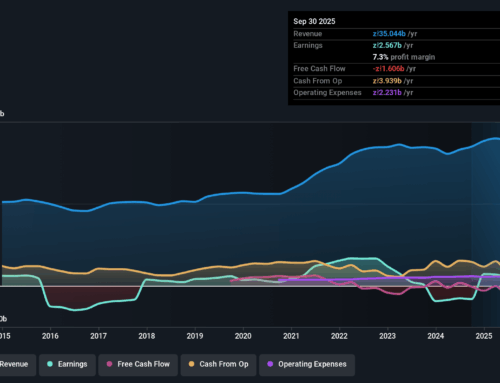Phillips 66 and Energy Transfer unveil plan for 76 km LPG pipeline in Panama
October 26, 2025
The Panama Canal Authority has recently unveiled its plans to build a massive pipeline to transfer essential gas and energy resources to the world. At a star-studded event that saw some of the biggest operators and investors in the global energy market, the Panama Canal Authority invited companies to apply for the concessionaire selection process for its new energy pipeline project. Despite the apparent proclivity for the renewable energy sector that has encompassed the world, the need for efficient methods to transport natural gas remains as strong as ever.
The pipeline marks a first major development in the Port Authority’s plans
The initial market engagement event held in Panama City saw more than 40 companies from all around the world in attendance. The Panama Port Authority, or ACP for short, noted that the planned pipeline marks a significant step in advancing Panama’s competitiveness in the energy market.
The event saw more than 45 representatives from the biggest energy companies in the world. The planned pipeline is seen as a cornerstone of the new interoceanic energy corridor and provides much-needed relief to the Panama Canal, which has been struck by drought in recent years. Among the litany of companies in attendance were, just to name a few:
- ENEOS
- Energy Transfer
- ExxonMobil
- Japan Bank for International Cooperation (JBIC)
- Shell
- Phillips 66
The plan for the new interoceanic energy corridor is to provide a clear transportation path of propane, butane, and ethane between the Gulf of Mexico and Northeast Asia, freeing up the Panama Canal to handle other commodities.
On the Canal Authorities website, it noted the next phase of the concessionaire selection process.
“During this early phase, the ACP seeks important feedback from potential concessionaires on the proposed structure, roles, and concession model. Individual meetings will be held with those interested in participating in the concessionaire selection process.” – Panama Canal Authority
The pipeline project is part of a broader spending plan proposed by the canal authority
The canal authority has stated that it plans to spend upwards of $8.5 billion over the next seven years, pointing to a broader plan for the organization. The pipeline will boast an impressive 76-kilometer pipeline with a transfer capacity of up to 2.5 million barrels per day. It will also lean on maritime terminals on the Atlantic and Pacific.
They went a step further to alleviate any concerns of potential partners by stating that “The Panama Canal is committed to ensuring that the initiative complies with international standards of safety, environmental protection, and operational excellence.” Many regions of the world have plans to boost downstream efficiency by modernizing the sector.
The Canal Authority’s leadership has noted that the United States energy sector has proliferated the timeframe for the pipeline as Panama aims not to be left behind.
“Under the current administration in the US, energy products will have a very high priority. This is a window of opportunity that Panama must capture to ensure we remain relevant for international trade.” – Panama Canal Administrator Ricaurte Vasquez
Panama is set to become the cornerstone of the midstream sector through its planned pipeline
As the weather plays a crucial role in the recent increase in spot thermal coal prices, the world will need to consider new and substantially large projects that enable the sector to thrive in the face of adversity. The conventional energy sector that has served mankind for generations will see its standing in the global energy sector reducing in the years to come, as the world embraces the potential of the renewable energy sector. Despite that undeniable future, Panama is aiming to take advantage of the current climate and become a regional leader in the transportation of gases.
Author Profile
Search
RECENT PRESS RELEASES
Related Post




